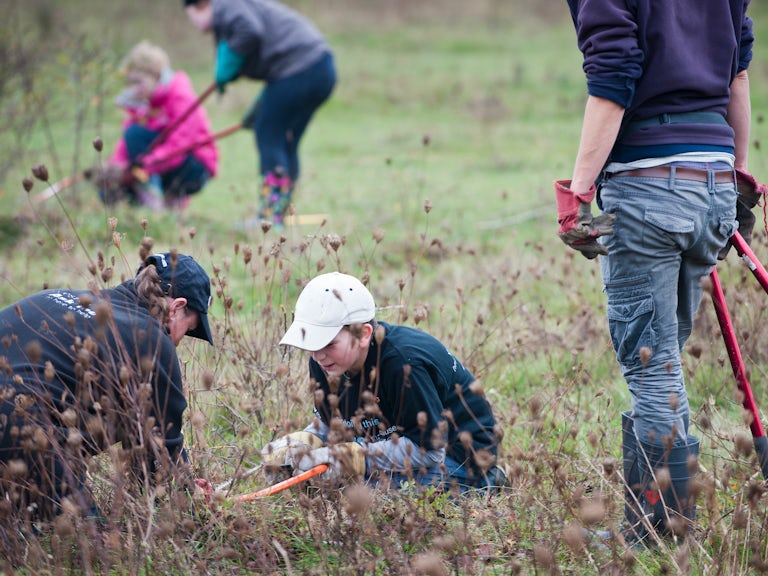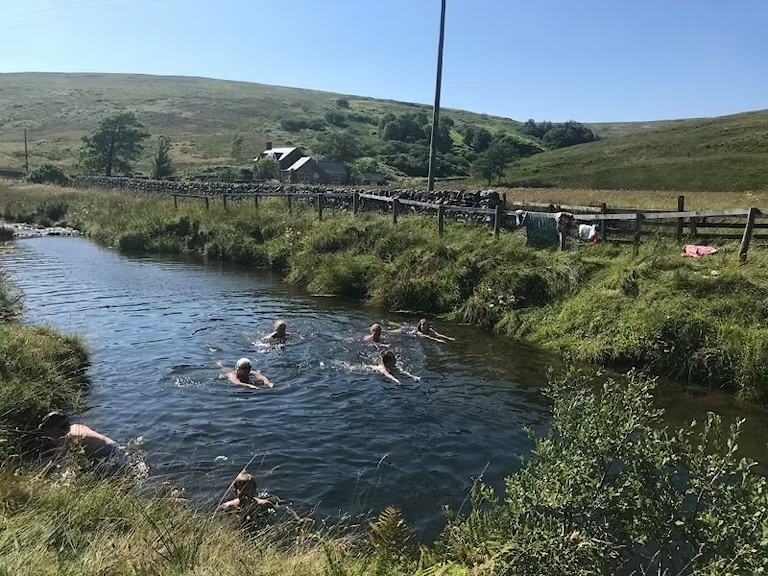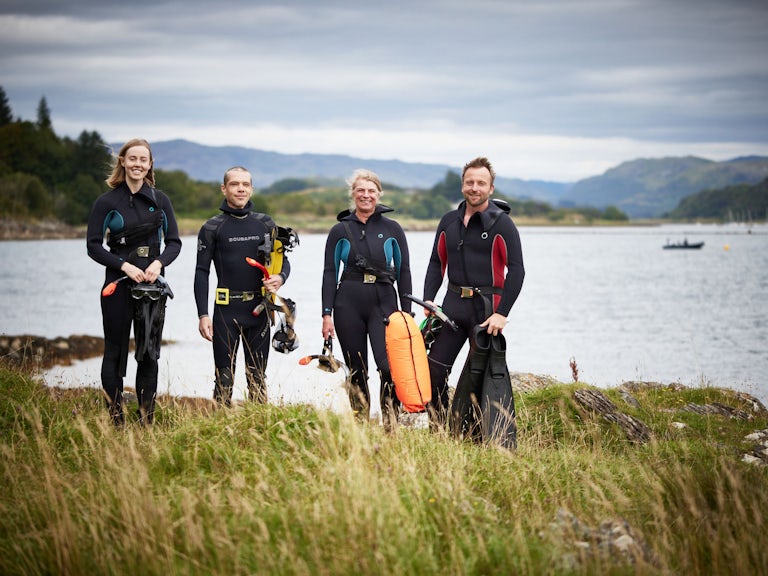Restoring wetlands
Wetlands are among the most biologically diverse ecosystems on Earth. Here, we discuss what wetlands are and what influences their restoration.
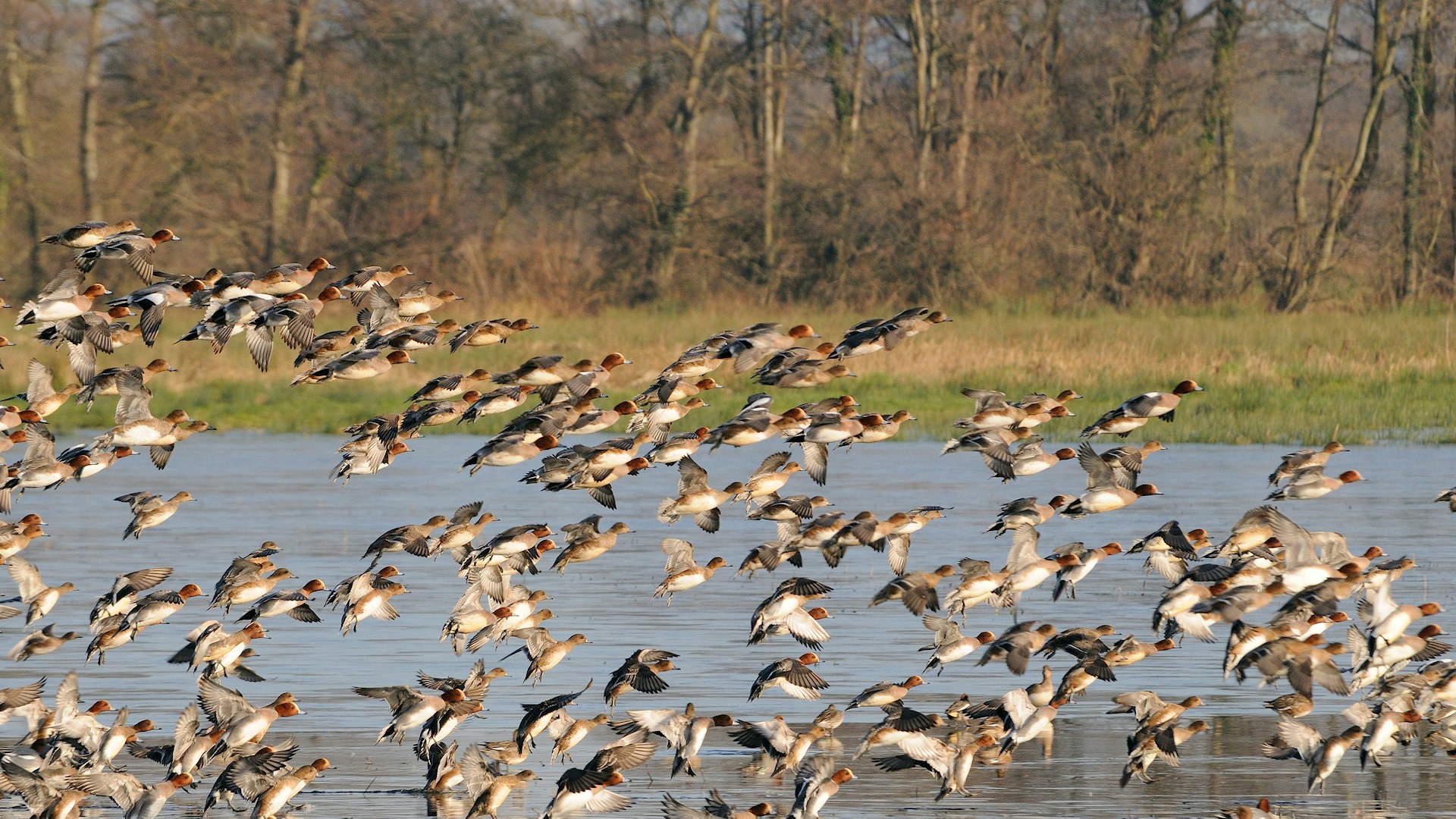
Wetland is a catch-all term for anything from a puddle to an ocean, but here we are mainly talking about freshwater wetlands. This includes a range of watery habitats from bog, to fen, reedbed, pond, wet meadow, wet woodland or washland. Rivers and streams are also wetlands, but we’ll omit these for now. Wetland habitats are many and varied so we offer a general steer here on how to approach the wilding of wetlands.
A healthy wetland is one of the most ecologically abundant places on earth. Wetlands are a natural habitat of Britain but we’ve altered many of them almost beyond recognition, and forgotten where others used to be. Rewilding your watery landscapes is a way of dramatically transforming the wilding potential of your land. A way that boosts both biodiversity and key ecosystem services.
Water is the vital ingredient of a wetland, of course. With any wetland there are three key things you need to know:
- How and where water comes into the site
- How, where, and how fast water travels through the site
- How and where water exits the site
With this information to hand you can begin to understand your wetland.
Enabling water to enter and travel through a site as freely as possible gives it the space to influence the habitat as it travels. Generally water will flow from upstream, but sometimes it comes in via springs, seeps, tides, rainwater, or run off from the surrounding land during major flood events. It may also arrive over and through man-made surfaces, culverts and land drains.
If your wetland is ditched and sub-surface drained, or your land is on a steep slope, then water will flow through the landscape quickly. In times of drought and flood, you may be able to slow the flow of water and capture more of it in your landscape through using leaky dams, washlands and seasonal ponds. Over time this will start to attract more wildlife and influence your landscape character.
Other factors will influence the type of wetland you can rewild include:
- The geology and soils on the site. For instance, how permeable to water they are
- Human influences, such as weirs, embankments or drainage
- Where you are in the catchment. Headstreams, tarns, meres and upland bogs, minor floodplains, major floodplains or coastal floodplains
- What type of water you have or combination of types. Springwater, groundwater, rainwater, surface water run-off, river water, salt water and so on
- History. Some habitats such as fens are much harder to restore once they have been destroyed. Ancient habitats are a great wild resource
- Pollution and artificial nutrient enrichment
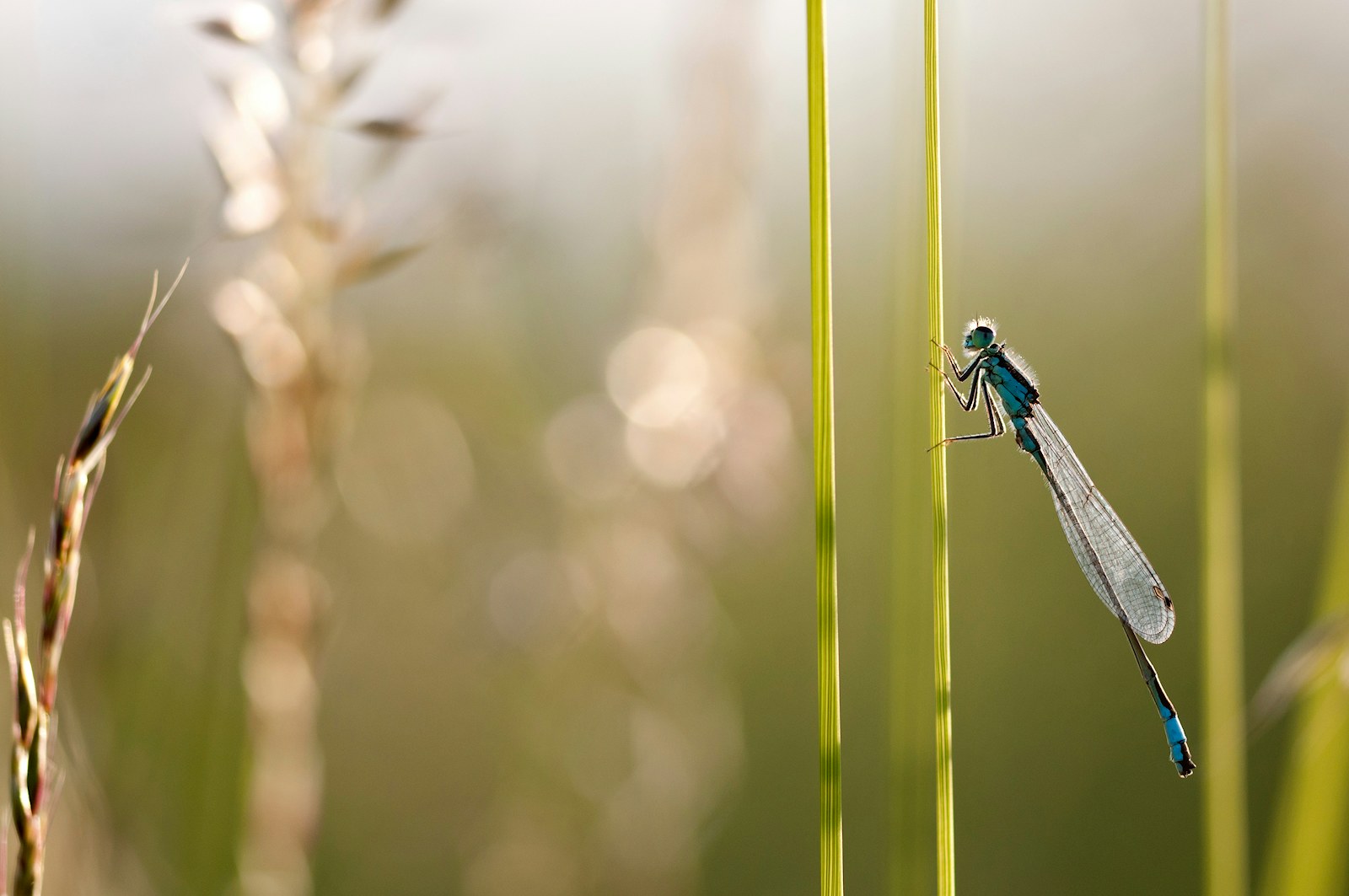
Geology and soil
Geology and soil have a huge influence on wetland habitat type. They can also help you to recognise the type of wetland that might emerge through rewilding efforts. Geology and soils are either permeable (allowing water to drain through them) or impermeable (preventing water from draining through them). For example:
- Clay is solid and will tend to hold water wherever you dig a hole
- Ancient floodplain meadow soil will allow water to freely drain away
- Alluvial soils indicate that the land is, or used to be, river floodplain
- Peats are ancient soils of anoxic wetlands which tend to form in reed bed, fen and peat bog
- Greensand or chalk is permeable and will influence the ecology of the site (acid or alkaline). These often have good quality spring water associated with them within an otherwise dry landscape
Consider your soil so that you take the right action in the right place. Each soil type will favour a different type of wild wetland.
Human influence
Past human actions can hugely affect how water moves into, through and out of your wetland. Removing human influences can have rapid and positive results but can be one of the most complex issues to address. This is particularly true for built structures such as flood embankments, weirs and retaining walls because you need to be sure that removing or blocking them will not increase flood risk to local people or infrastructure.
Straight edges and land drains are easier to remove. Work with your lead local flood authority to see if you can re-shape, circumnavigate or alter man-made elements. Removing pollution and nutrient enrichment from wetlands is also hugely important.
Location and water type
Your position in the river catchment will heavily influence your wetland type. Upland areas tend towards tarns, bogs and valley mires. Peatlands and meres will fill upland hollows and valleys, and there will be many smaller fast running headstreams which have little or no floodplain. Mid catchments are good for restoring washlands, leaky dams, naturally functioning floodplain woodlands, and for naturalising river channels. Lower catchments tend to favour reedbeds, larger marshlands, floodplain meadows and coastal salt marshes.
The type, or types, of water feeding your wetland will heavily influence its character. Floodwater from major rivers tends to be loaded with sediment, nutrient and pollution, which will prejudice your wetland towards the more nutrient rich or vegetation rich habitat types. Runoff from roads and buildings may do the same. Plants thrive with nutrients, but in a wetland this can be a negative. For example river and urban flooding flowing into reed beds will promote more profuse growth of reeds, and quicker succession into woodland habitat.
Fens rely on the through flow of springs and groundwater, as without this there will be no fen. Upland bogs require the slow build up of peat, and the throughflow of water through this peat. The health and wildlife richness of a pond is heavily influenced by whether it is filled with rainwater, tap water, run off or spring water (or all of them). On the whole, any spring water and rain water is precious and will create good wetlands.
Natural engineering
To create wilder wetlands you need to think about what or who your natural landscape managers will be, and how you can start your natural (hydrological) processes working again. The water itself is an ecosystem engineer and will alter the landscape through its movement. Many wetlands, for example, are shaped through natural disturbance from floods and water flows which transport water and species around seasonally.
“Past human actions can hugely affect how water moves into, through and out of your wetland”
Often wetlands include areas of open landscape. To retain a more open wetland mosaic, they thrive with the restoration of wilder grazing, ecosystem engineers (beavers) or through the human mimicking of natural processes (cutting, digging and coppicing). Reconnecting a river with its floodplain can also re-start many natural hydrological processes.
Notable wetlands in Britain
Pigs rootling, and bison wallowing, or even just a tree falling into a stream can help to rewild your wetlands. Natural ecosystem engineers have all sorts of positive impacts, from bringing old seedbanks back up to the surface to completely re-engineering your river. Where you can’t restore keystone species like beavers, you can take proxy measures, such as building a leaky dam. Reeds and floodplain woodlands, fen meadows and scrublands will often re-colonise a site once farmed livestock grazing pressures are removed and more naturalistic grazers and grazing regimes are introduced.
Tricky resuscitations
While many wetlands are quick and easy to restore, you may need to think in much longer timescales (50−100 years plus) for the restoration of certain wetland habitats that are really difficult to restore once they’ve been destroyed. Floating/peat bog and fen are particularly difficult. This doesn’t mean that you shouldn’t try. Instead, make decisions about which habitats are vulnerable to extinction, and which, therefore, might need a bit more of a long term plan.

Explore our Rewilding Manifesto
Learn more
Our vision
We have big ambitions. Find out what we’ve set out to achieve through rewilding.
Our vision
